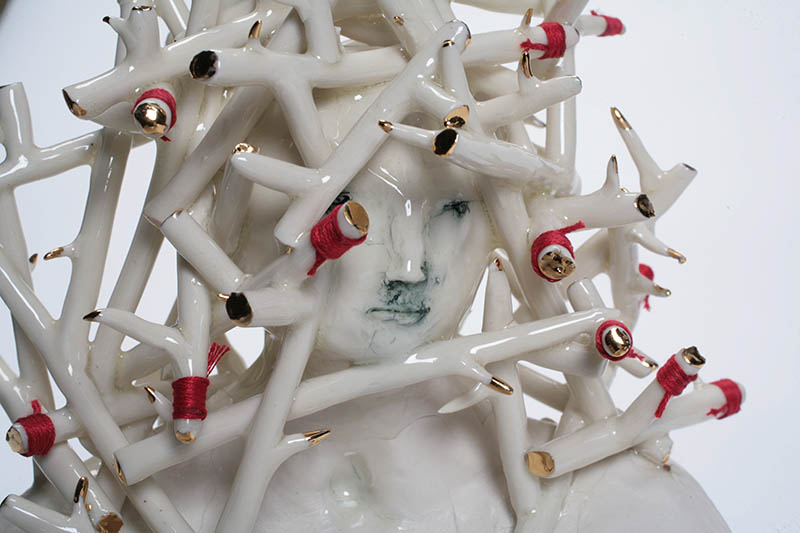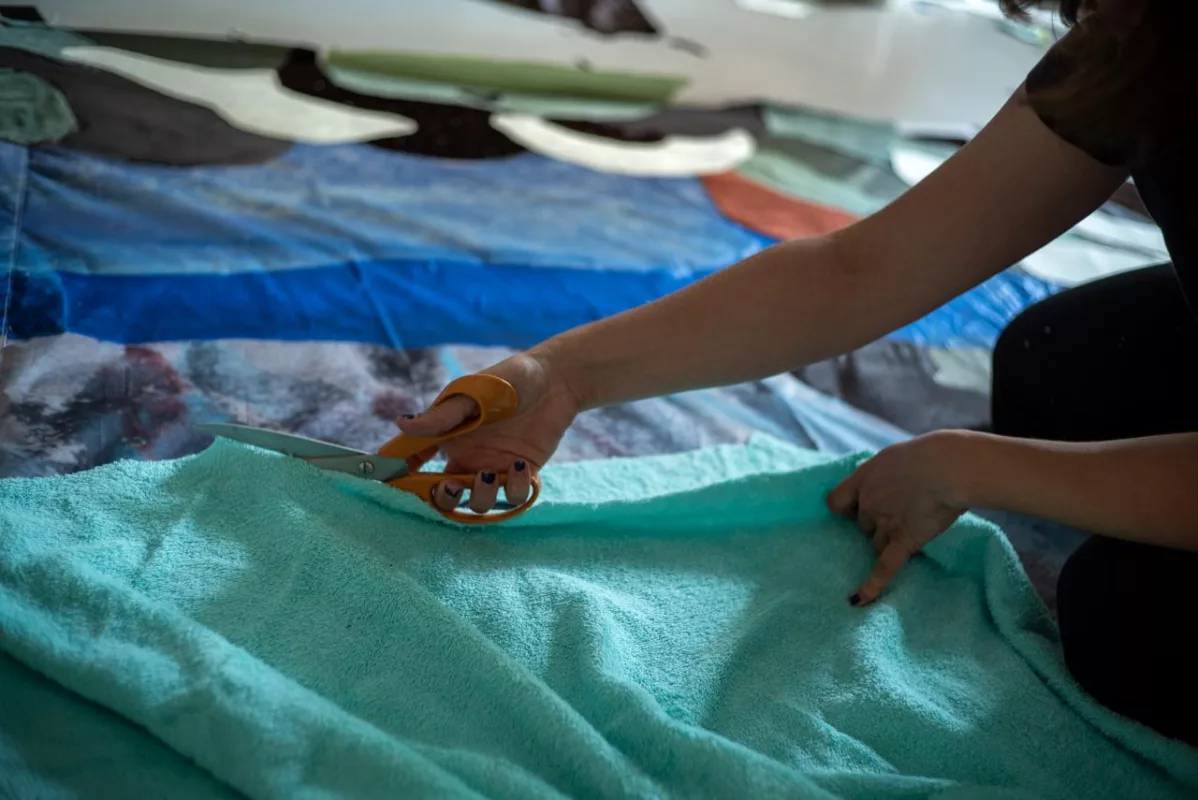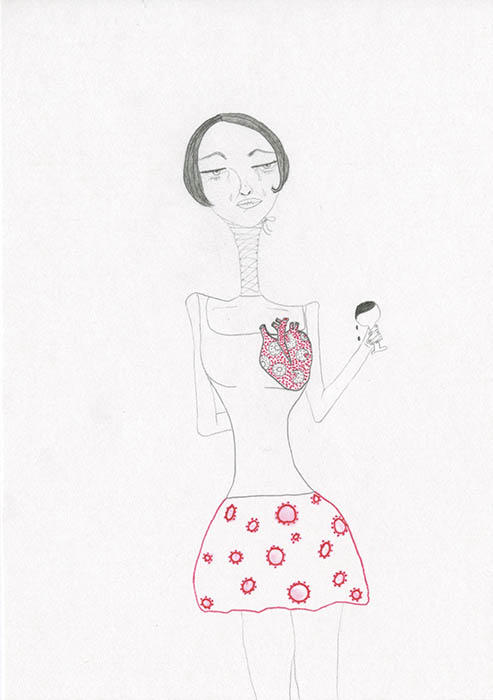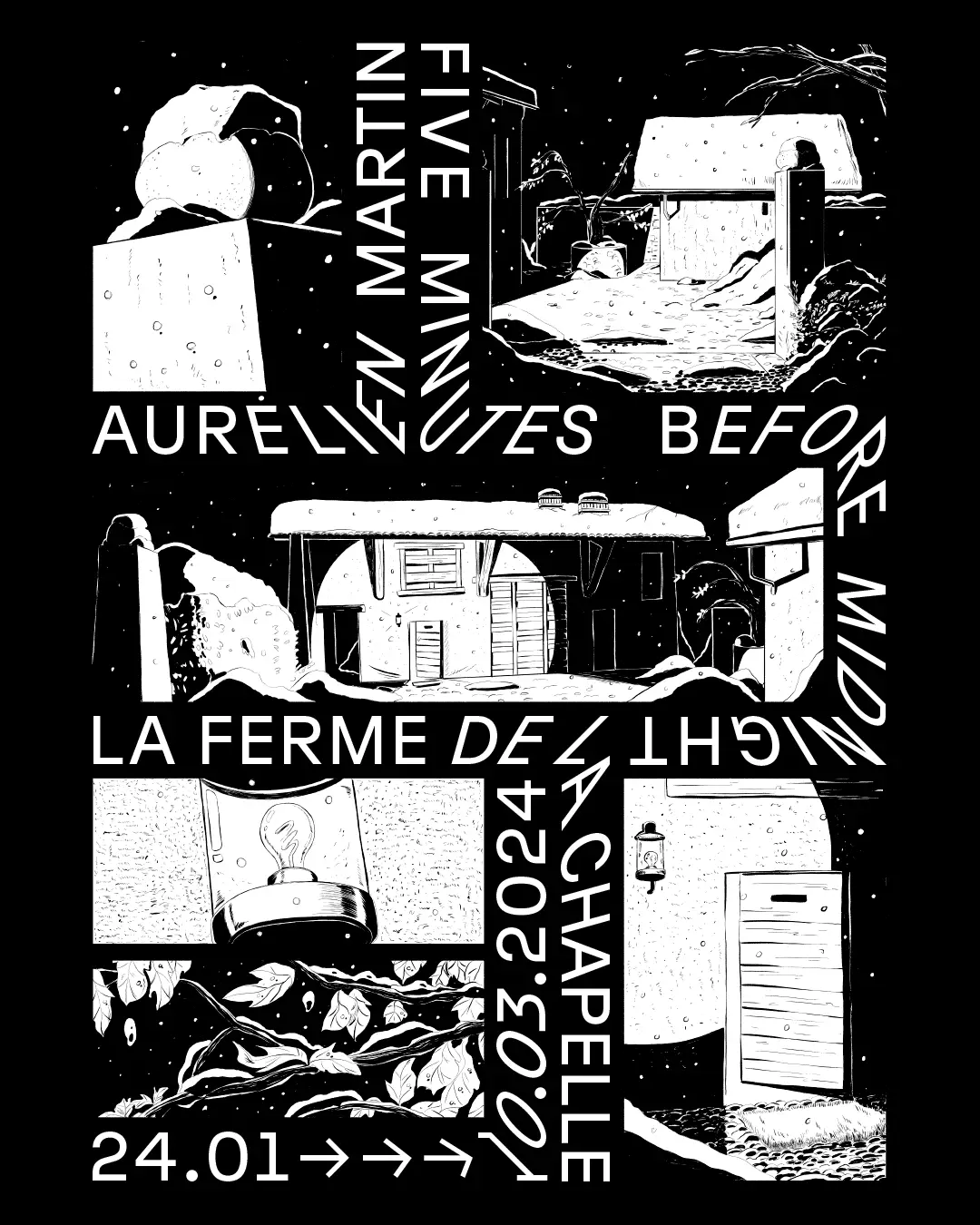
Jessica Decorvet
En résidence
Pendant sa fermeture publique estivale, la Ferme de la Chapelle, accueille Jessica Decorvet en résidence.
L'artiste conçoit une œuvre monumentale pensée pour le lieu, et qui sera à découvrir lors de son exposition personnelle l'an prochain, du 29 avril au 28 juin 2026 à la Ferme de la Chapelle.
Joie-paysage & paysage-soin explore la puissance transformatrice du sentiment océanique, une expérience d’unité et de dissolution du moi dans un monde plus vaste. En convoquant paysages intérieurs, émotions collectives et mythologies sensibles, Jessica Decorvet tisse un espace d’art qui soigne et relie. Elle crée des installations immersives où le spectateur est invité à expérimenter des formes de joie profonde et de communion.
Cette résidence ne prévoit pas de visites publiques.
Nous vous souhaitons un très bel été et vous donnons rendez-vous le 3 septembre pour le vernissage de Camille Dumond.

Warning: Attempt to read property "ID" on string in /home/clients/398329f64f796cf038d139f8c0ad54ee/sites/fermedelachapelle.ch/wp-content/themes/FdC24/index.php on line 493

